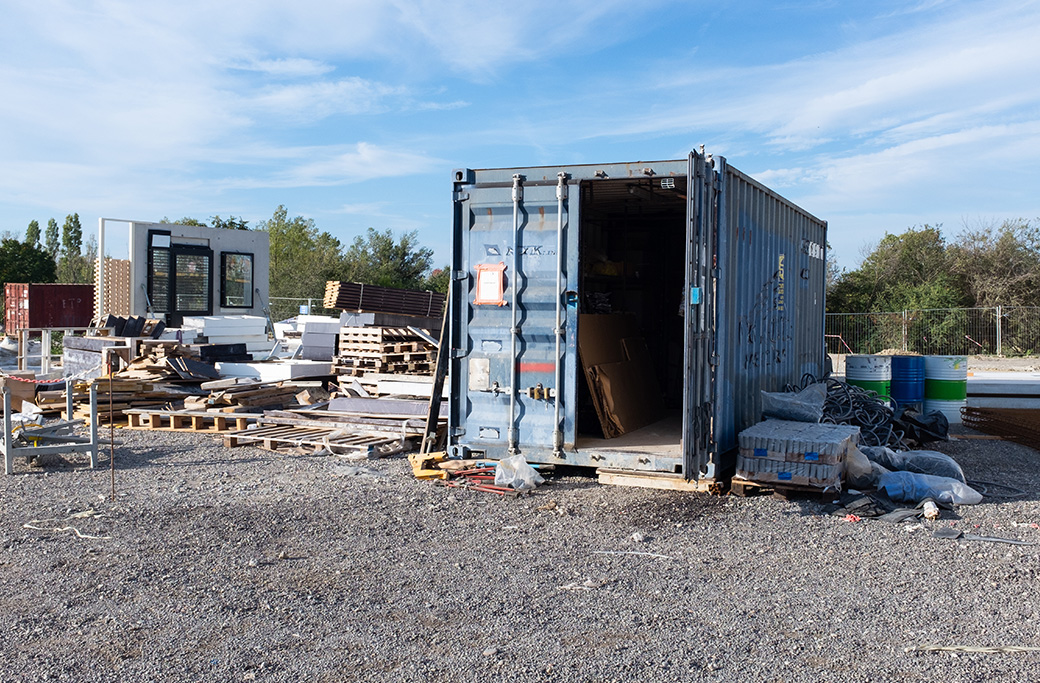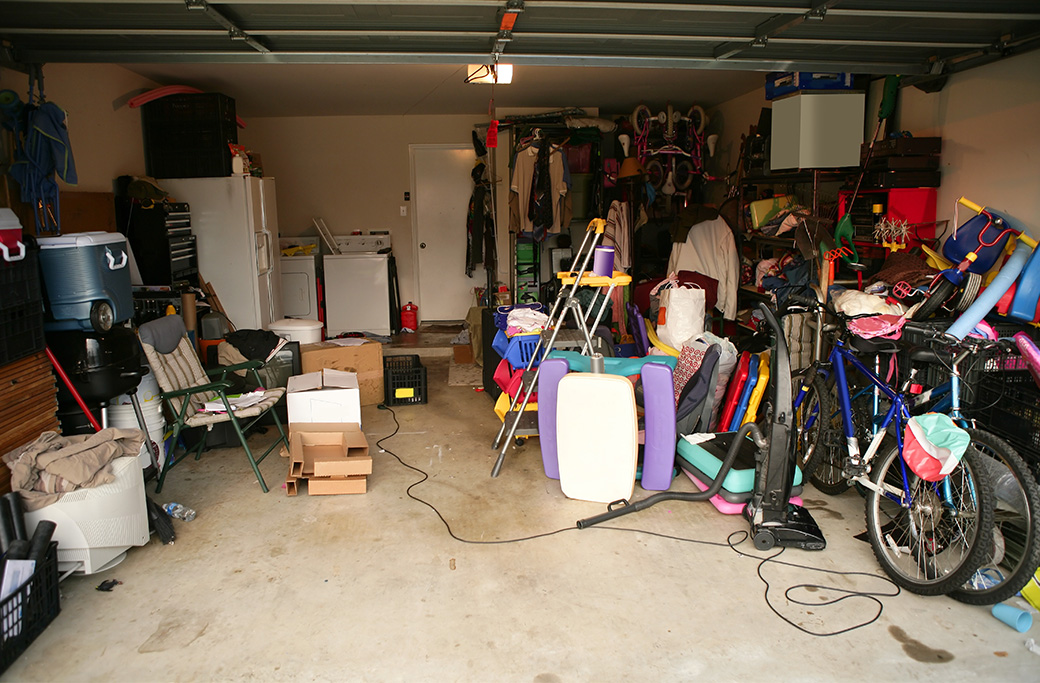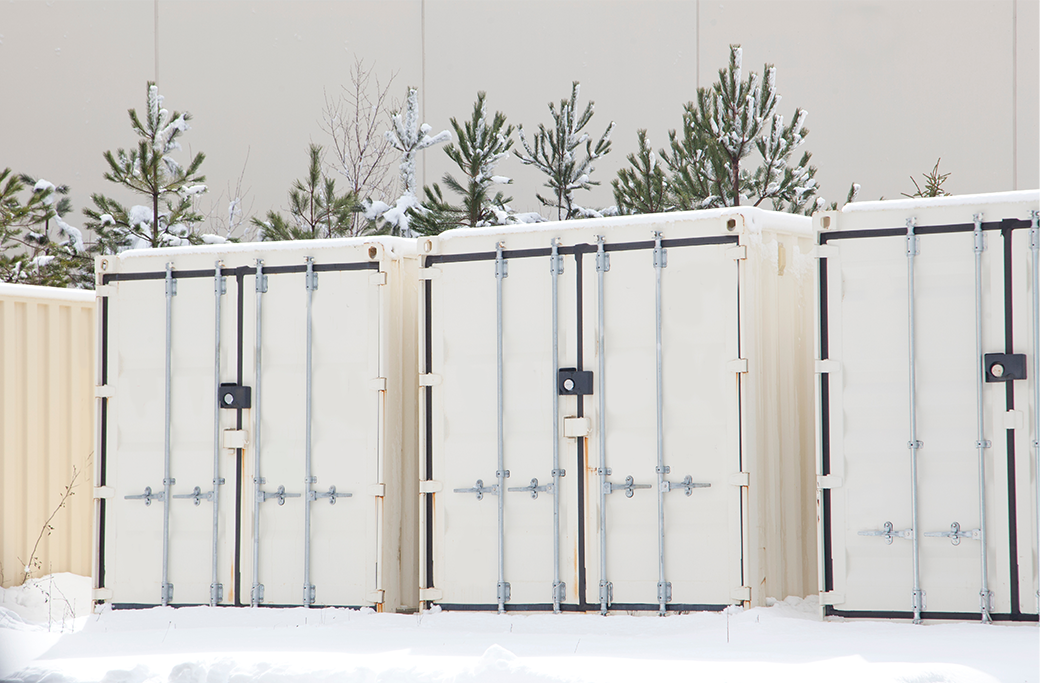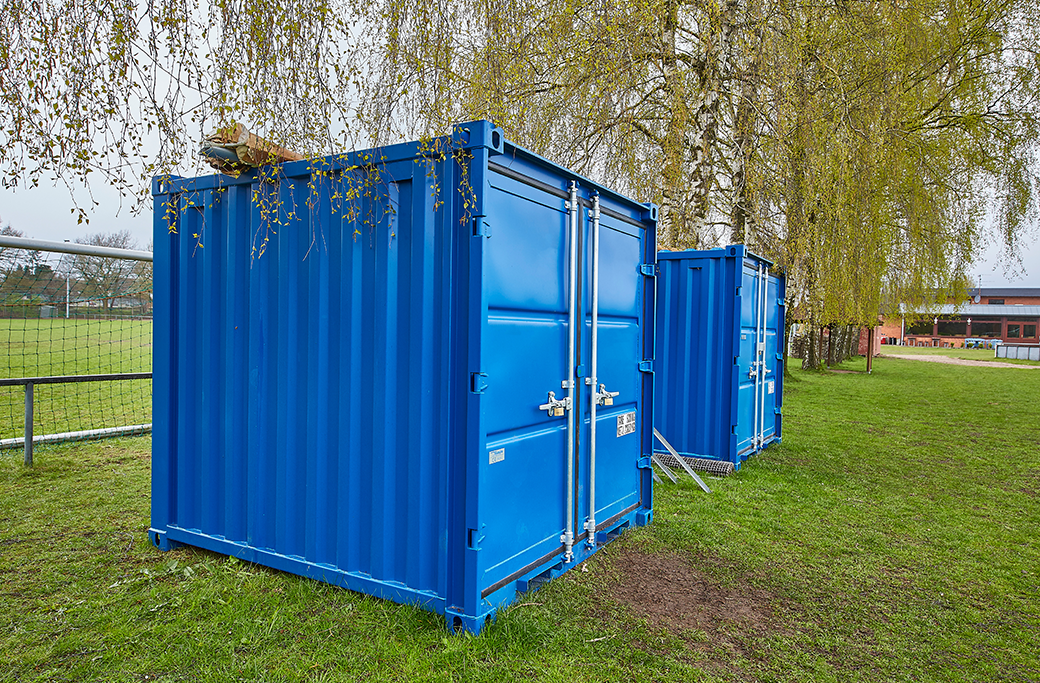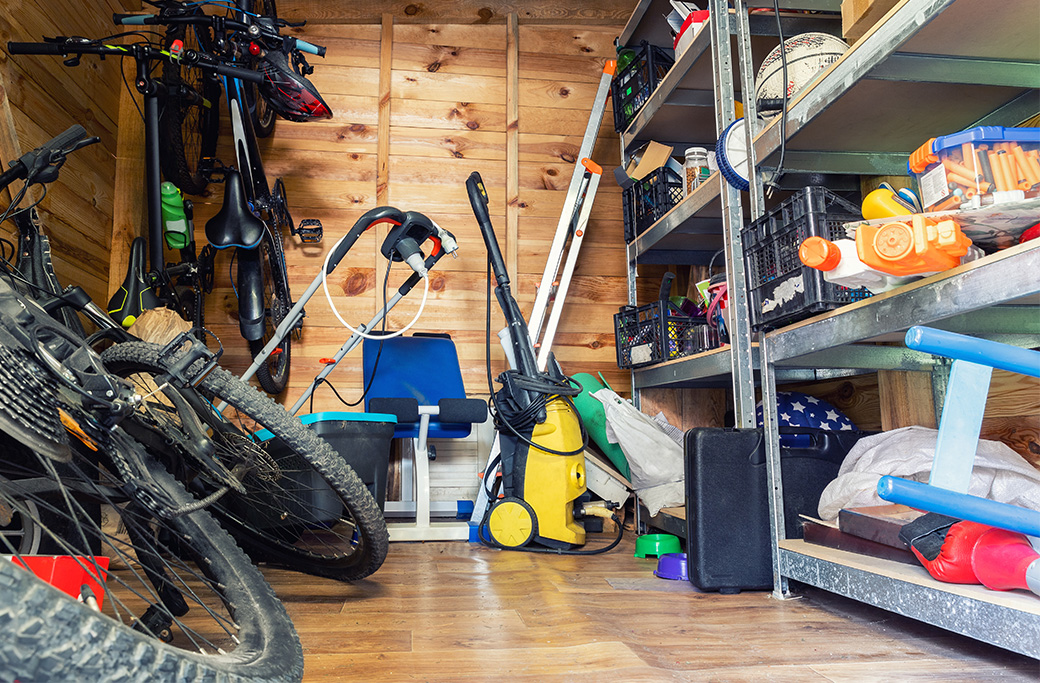The construction industry, with its precise and collaborative teamwork, forms the foundation of urban development. A vital aspect of this complex puzzle involves effectively managing equipment, materials, and tools through on site storage solutions that are integral to the daily grind of construction work. In order to optimize efficiency, maintain organization, and ensure security, onsite storage solutions play a pivotal role. Onsite storage solutions for construction sites are vital in ensuring that the necessary equipment, materials, and tools are available and accessible when needed. In addition to keeping items safe from theft or damage, these storage solutions also help streamline processes by reducing time spent searching for specific items or waiting for deliveries.
Benefits of Onsite Storage
Onsite storage isn’t just about having a place to stash your tools at the end of the day; it’s an essential component to the smooth operation of any construction site. Construction site storage containers are essential for securing high-value equipment and materials, ensuring they are protected from theft and damage. Here are the core advantages:
Enhanced Secure Storage
With theft and vandalism posing significant threats to construction sites, a well-planned onsite storage system acts as the first line of defense, creating a secure space for safeguarding your valuable assets. By implementing robust security measures, such as surveillance cameras, restricted access points, and alarm systems, you can further enhance the protection of your equipment and materials. This comprehensive approach ensures that your construction site remains secure, minimizing the risk of potential losses and disruptions to your project timeline.
Improved Organization
Maintaining a clutter-free worksite is crucial for maximizing productivity, and effective site storage solutions can help achieve this. By implementing effective storage solutions, you can create a well-organized environment where every tool and material has a designated place, making it easily accessible when needed. This not only saves time but also reduces the chances of misplacing or losing essential items. Invest in proper storage systems and witness how a well-arranged workspace positively impacts your efficiency and workflow.
Increased Efficiency
When workers have easy and convenient access to a wide range of materials and tools, the workflow remains uninterrupted and seamless. Portable storage containers offer a convenient solution for storing materials and tools, ensuring they are easily accessible and minimizing downtime. This efficient onsite storage solution not only minimizes downtime but also maximizes construction output, enabling projects to be completed more efficiently and effectively. By providing a well-organized and accessible storage system, construction teams can quickly locate the necessary resources, saving valuable time and enhancing productivity on site.
Factors to Consider for Onsite Storage
Size and Capacity: Make sure your storage units can comfortably house your inventory without overcrowding, keeping in mind potential scaling during different phases of the construction project. Shipping containers are a popular choice for secure storage at construction sites due to their durability and ability to protect valuable equipment and materials from theft.
Accessibility: Your storage should be easily accessible, not only to your crew but also for deliveries and pickups, ensuring smooth logistics on the construction site.
Weatherproofing: Construction doesn’t stop for a bit of rain — or at least, it shouldn’t have to. Using weatherproof onsite storage protects materials and equipment from environmental damages.
Security Measures: Temporary storage doesn’t mean lax security. Robust lock systems, alarms, and even surveillance are worth considering to deter theft and vandalism.
Choosing the Right Construction Storage Containers
When it comes to selecting the right construction storage containers for your job site, several factors come into play. First and foremost, consider the size of the container that will best suit your needs. Construction storage containers come in a variety of sizes, from small, portable units to large, shipping container-sized units. Assess the type and quantity of equipment and materials you need to store, as well as the available space on your job site, to determine the most suitable size.
Security is another fundamental factor. Construction sites often house valuable equipment and materials that need protection from theft and damage. Look for construction storage containers with secure locking systems and robust construction to ensure your belongings are safe. Additionally, consider the mobility of the container. If you need to move the container around the job site or to different locations, opt for units with wheels or other mobility features.
Durability and weather resistance are also essential. Construction sites can be harsh environments, so it’s important to choose a container that can withstand the elements. By carefully considering these factors, you can select the right construction storage containers that meet your job site’s specific needs.
Best Practices for Onsite Storage
Proper Planning and Placement
To ensure optimal functionality, it is crucial to prioritize the implementation of a well-thought-out strategic layout for your storage units. Well-placed storage facilities can enhance project efficiency and safety by providing secure locations for storing equipment and materials. This entails considering site-specific elements such as soil stability, flood risk, and the proximity to active work areas. By carefully evaluating these factors and incorporating them into your storage unit design, you can enhance efficiency, safety, and overall operational effectiveness.
Regular Inventory Management
To ensure efficient tracking and management of your assets, it is crucial to implement a robust system. This can include conducting regular checks to verify the condition and location of assets, maintaining a comprehensive digital inventory log to accurately record their details, and utilizing RFID tags for real-time monitoring and seamless asset tracking. By adopting these practices, you can enhance your organization’s operational effectiveness and minimize the risk of asset loss or misplacement.e tracking.
Utilizing Mobile Storage Solutions
Mobile storage solutions, such as a versatile storage container, provide unparalleled versatility and adaptability, making them an ideal choice for dynamic construction environments. With their ability to be easily moved or modified based on project requirements, these mobile storage units offer a convenient and efficient way to manage materials and equipment. Whether it’s accommodating changing project demands, optimizing space utilization, or streamlining workflow processes, these versatile storage options prove to be indispensable assets on construction sites. By seamlessly integrating into the construction workflow, they contribute to a more organized and productive work environment.
Implementing Security Measures
Beyond traditional locks and keys, consider integrating advanced security solutions like motion detectors, high-quality camera surveillance systems, and trained security personnel. These additional measures can provide an extra layer of protection and peace of mind, ensuring the safety and security of your premises. With motion detectors that can detect any suspicious movements, camera surveillance that provides a comprehensive view of your property, and security personnel who are trained to handle various situations, you can enhance the overall security of your space. By implementing these advanced security measures, you can have greater confidence in the safety of your environment.
What to Store in Your Containers
Construction storage containers are versatile and can be used to store a wide variety of equipment and materials. Common items include:
-
- Valuable equipment, such as tools and machinery
- Building materials, such as lumber and drywall
- Supplies, such as paint and cleaning materials
- Documents and plans
- Personal protective equipment (PPE)
When storing equipment and materials in your construction storage containers, follow proper storage procedures to ensure safety and security. Label containers clearly so that contents can be easily identified. Store heavy items at the bottom of the container to prevent them from falling and causing damage. Keep containers clean and dry to prevent damage to contents. Finally, secure containers with locks and other security measures to prevent theft and tampering. By adhering to these practices, you can maintain an organized and secure storage system on your construction site.
Compliance and Regulations
Construction storage containers must comply with various regulations and standards to ensure safety and security on the job site. Key regulations and standards to be aware of include:
-
- OSHA regulations regarding the storage and handling of hazardous materials
- Local building codes and zoning regulations regarding storage containers
- Industry standards for secure storage and handling of valuable equipment and materials
- Environmental regulations regarding the storage and disposal of hazardous materials
Familiarizing yourself with these regulations and standards is crucial to ensure that your construction storage containers are in compliance. This may involve consulting with local authorities, industry experts, and other stakeholders to ensure that your containers meet all necessary requirements. By choosing the right construction storage containers, storing the right materials, and complying with regulations and standards, you can help ensure a safe and secure job site that meets the needs of your construction project.
Onsite Storage Best Practices for Construction Site
As we’ve seen, the benefits of sound onsite storage practices encompass security, efficiency, and seamless logistical operations — all crucial elements for success in the construction space. Above all, remember that foresight in planning, regular upkeep, and an adaptable outlook can transform onsite storage from a mere necessity to a strategic asset in your construction endeavors. Keep these practices in mind and you’ll pave the way for a safer, more organized, and ultimately more successful construction project. And for all your mobile storage needs, remember, your friends at Mobile Storage are here to help!

